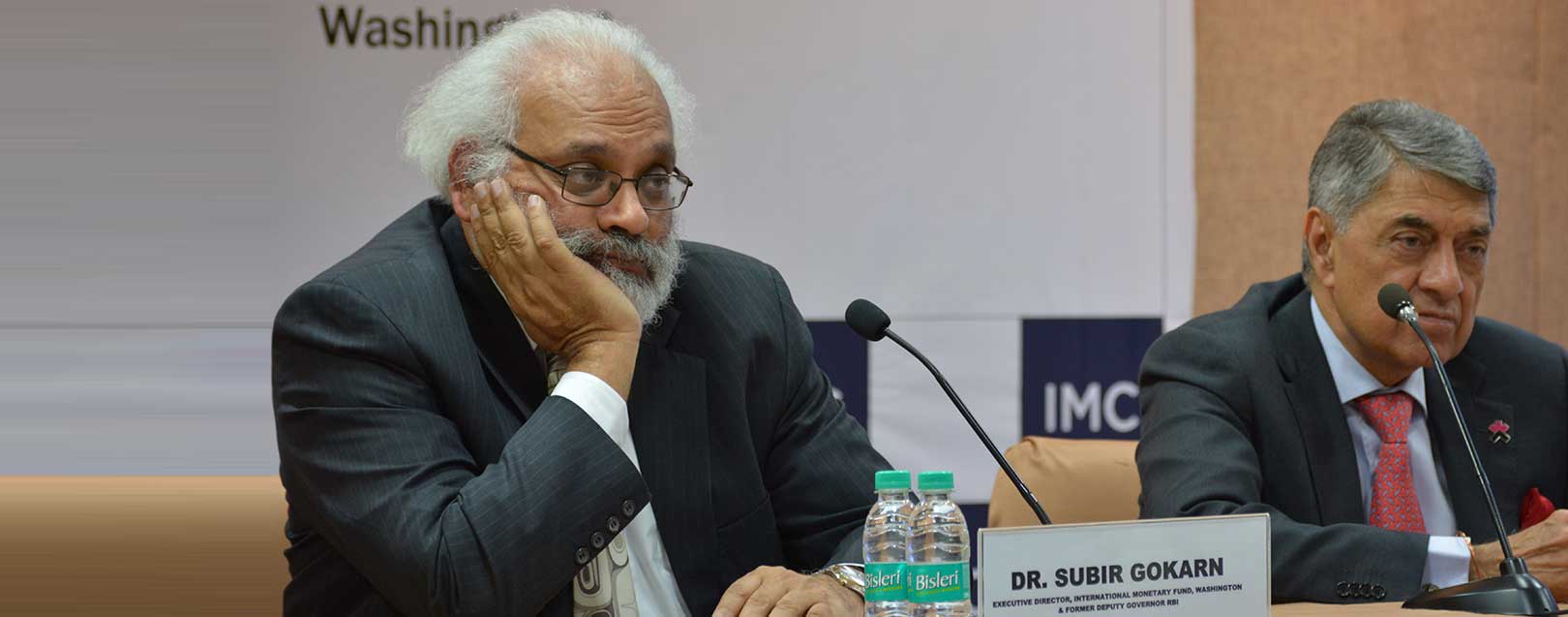
Trade no longer providing momentum to GDP: Dr. Subir Gokarn
Sairaj Iyer
Speaking to venerated macro-economist and Former Deputy Governor at RBI, Dr. Subir Gokarn, was a revelation. A man who is known for his research interests in financial inclusion, health and education and whose views on contemporary global and domestic economic issues have been widely appreciated, Dr. Subir pointed out that share of trade component in a global economy may no longer correspond with GDP numbers.
Reflecting on the research data as evidence to explain dipping relationship between GDP and global trade in goods and services the Executive Director at the IMF said, “If we look at trade comparison with GDP in the period between mid-80’s and mid-2000, you will find that global trade was a genuine contributor to growth. Share of trade in GDP was significantly increasing and countries made inroads into supply-chain and overall efficiency gains in terms of efficient allocation and production activity was providing a boost to growth. But after 2007, essentially post-crisis, that difference has disappeared. Share of global trade in GDP is not increasing, and therefore in that sense it cannot be defined any longer as an engine of growth. It is, in fact, not providing any additional momentum to GDP.”
He also shared that investments are continuing, although reports in the Indian media have said otherwise. Investments to GDP ratio increased from 25% during 2003-08 to nearly 36-37%. “It stands at 30% currently, and it suggests that it is still high, although not consistent with the GDP of 9% during that time. But globally this is the same pattern. Global average was 12% per annum y-o-y during 2003-08 and is steadily declining. The last four years data shows it at 3.4%. The sharp decline suggests that the willingness to put in new capacity is dwindling and that does not work well for growth acceleration or even sustainability,” he conceded.
The economist pointed out that with receding global growth patterns, the incentive to trade also dips. During trying times, safeguard measures and policies have a detrimental impact on global trade. “There is a sharp-increase from the post-crisis times in the number of instances that safeguard measures and instruments such as countervailing duties and anti-dumping actions have been taken. The WTO permits these as legitimate instruments, and to use them would suggest that countries and organizations are losing these measures to protect the buffer in the domestic,” he concurred.
Taking the example of a recent notice of CVD (Countervailing duty) of 2.18% imposed by the US international trade commission on off-road tyres produced in Sri-Lanka and India he said, “Sri-Lanka exports $57mn off-road tyres, which is peanuts by any measure and India exports over $150-160 mn of tyres. But both the countries have been impacted by this. I don’t know the significance, but it reflects the minute scrutiny that trade is being subject to,” he averred.
His brief presentation explained the macro-economic trends of a globalized world. While economies have put considerable thought in developing supply-chain, post-crisis this very thought-pattern has faded, and therefore resulted in a pressure and an “overall deceleration in trade activity”. When one looks ahead to prospects of trade as an engine of growth- the factors explained by Gokarn seem to suggest that countries have to start worrying about sustaining trade-momentum. Policy-makers hence are forced to consider on accelerating for domestic growth, and thinking on opportunities beyond conventional trading agreements.






 to success.
to success.